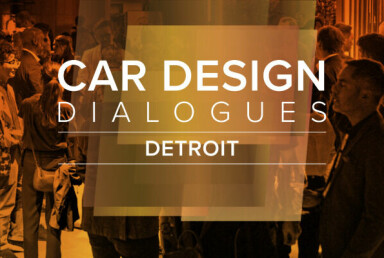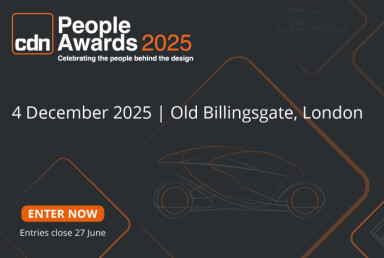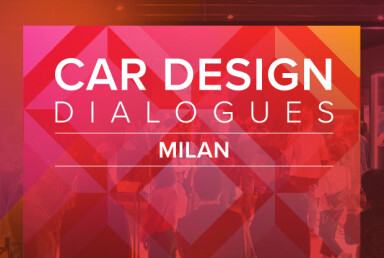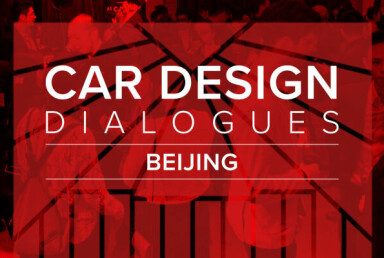Human-centric design
Ford's experience-design lead: "Human-centric design is a team sport"
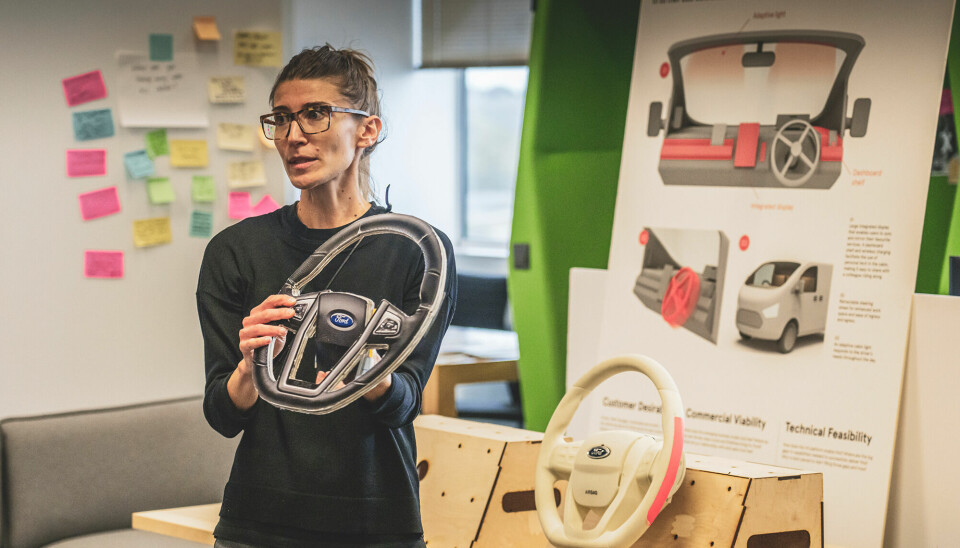
Chiara Onida, experience-design lead in the Human Centric Design team at Ford delves into how customer insight impacts design and changing expectations
Joining Ford to help shape the customer experience for the next generation of electric commercial vehicles, Chiara Onida brought with her a uniquely global and multidisciplinary design perspective.
Now an experience design lead within the Human Centric Design team, Onida operates at the intersection of product, service and user experience – exploring how design can genuinely enrich peoples' lives and businesses. Her work reflects a deep understanding that a vehicle is part of a broader ecosystem of human needs, behaviours and ambitions.
Before Ford, Onida honed her skills as creative lead at Panasonic’s London Innovation Centre, collaborating closely with the design headquarters in Kyoto. There, she learned the power of globally scalable design thinking and developed an enduring interest in sustainable, bio-based materials, something which continues to influence her perspective on how design can serve both people and planet.
At Ford, her projects have ranged from redefining electric commercial mobility to reimagining the off-road experience through immersive ethnographic research with adventurers across Europe and the US. Her approach is rooted in empathy, observation and a belief that the smallest insights can lead to the biggest innovations.
As part of Car Design News’ ongoing celebration of women shaping the future of mobility, Onida exemplifies how diverse voices elevate design thinking.
Car Design News: Tell us about your role at Ford.
Chiara Onida: Working on the fascinating challenge of innovating the customer experience for the next generation of electric commercial vehicles was a wonderful opportunity to look at the customer needs from an holistic point of view: a commercial vehicle is just a part of our customers’ business, it’s a tool that has to be reliable and, as a multidisciplinary team formed of vehicle, UX and business designers, we worked not only vehicle features but also services that add real value to our customers’ businesses.
I also worked on an iconic off-road vehicle. For this project, to deepen the understating of our customer in EU and US, we planned immersion and ethnographic research with leading edge adventurers and ambassadors. It was a unique opportunity to observe them in action and hear their stories to deeply understand their core needs and priorities. These insights were used to develop unique sets of features that support these customers feeling unconstrained when they adventure out in nature.
CDN: How has your previous role at Panasonic fed into your role at Ford?
CO: The experience there taught me the importance of products and innovation that must work on a global scale. I was also working on the development of innovative bio-based materials – a passion that made me want to extend my experience to materials, too.
CDN: You've mentioned a close team dynamic, can you tell us more about this?
CO: Human Centric design
is a team sport – and the diversity of skills in the team makes the work rich
and complete. We balance moments of team ideation and co-creation with exposure
to customers, experts and real-world scenarios, and we carve moments for
personal inspiration and individual work. All team members are exemplary humans
that I love spending time with, naturally curious professionals that have
creative courage to challenge assumptions.
We look at things unspoken behaviours, patterns of use, hacks and custom solutions that users put in place to fill the gaps left by an experience that is not fully thought out
CDN: Do you feel like your personal experiences feed into your designs?
CO: I believe human centric innovation is about joining dots in creative ways. First-hand experience is the best way to see these dots, to empathise with customers and to truly understand the context they operate in; then, a unique point of view and personal experience allows them to join the dots in ways others would not.
CDN: How do customer behavioural insights impact vehicle design?
CO: User research is a core part of what we do – we are obsessed with users, we observe them, talk to them, follow them around when we can! [Laughs] We usually interview people but most importantly we look at things unspoken behaviours, patterns of use, hacks and custom solutions that users put in place to fill the gaps left by an experience that is not fully thought out.
We get insights from observation and feed that into design proposals. A big part of the job is to work with product development and expert teams to explore ways to implement new ideas. Vehicle design is complex and has many constraints, and changes must bring meaningful value to our customers to be justified.
CDN: How do you balance different markets that have difference expectations? Have these expectations shifted?
CO: Mobile phones and personal devices are driving expectations for seamless experiences that are fast or delivered in real-time and that simply ‘work’. Customers will expect lean, intuitive and useful experiences that perform. Elegant and ever-improving experiences by big tech companies, together with AI, are accelerating this.




